STEAM lessons are innovative, engaging, fun and inspiring for students. Students are innovators, discovering their interests and laying the foundation for future careers.
Teachers have a role in inspiring the next generation of scientists, engineers, and innovators. They appropriately interweave Science, Technology, Engineering, Arts and Mathematics.
Integrating different subjects in the classroom is a good opportunity to expand and connect knowledge and a good way to prepare students and orient them to the demands of modern society. During the testing phase of the project, subjects such as mathematics, history, music, technology, entrepreneurship, and fine arts were integrated into the sequences tested. Thus, students understand that mathematics is not a difficult science, and when learned through history, it becomes fun and easy for everyone.
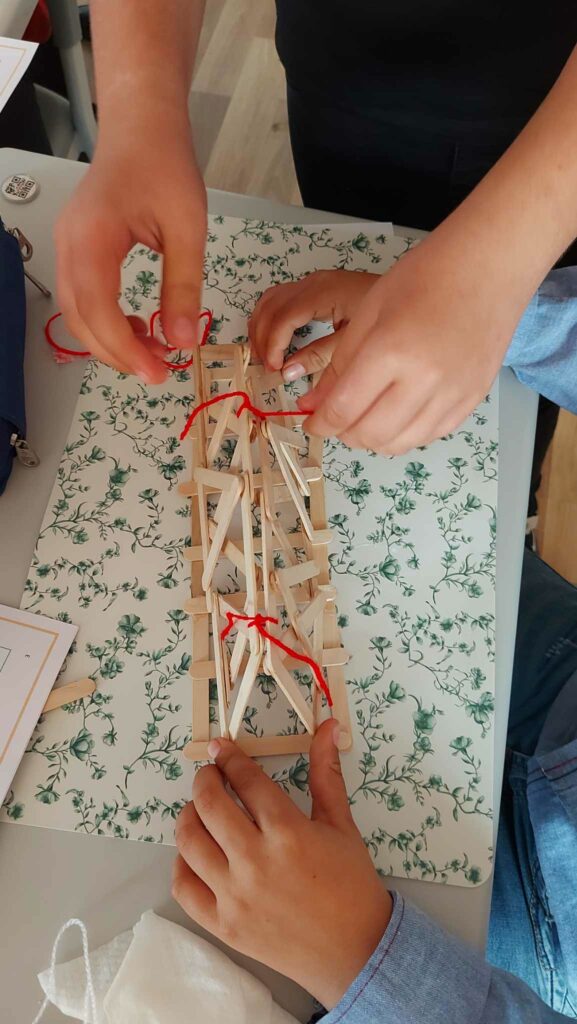
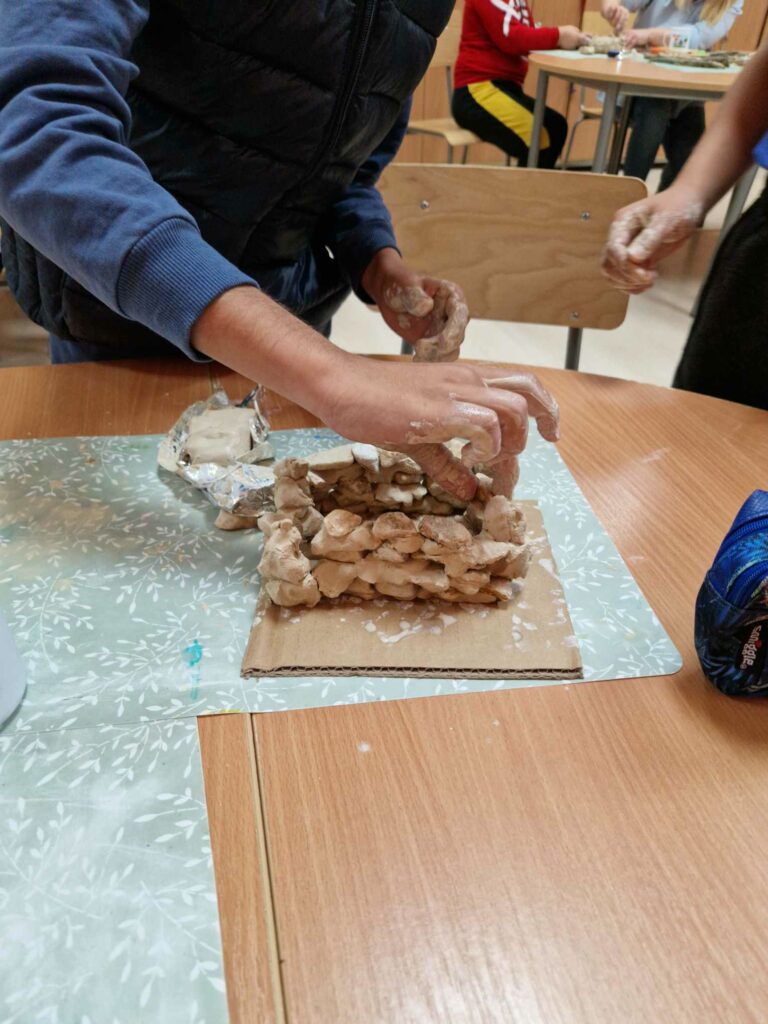
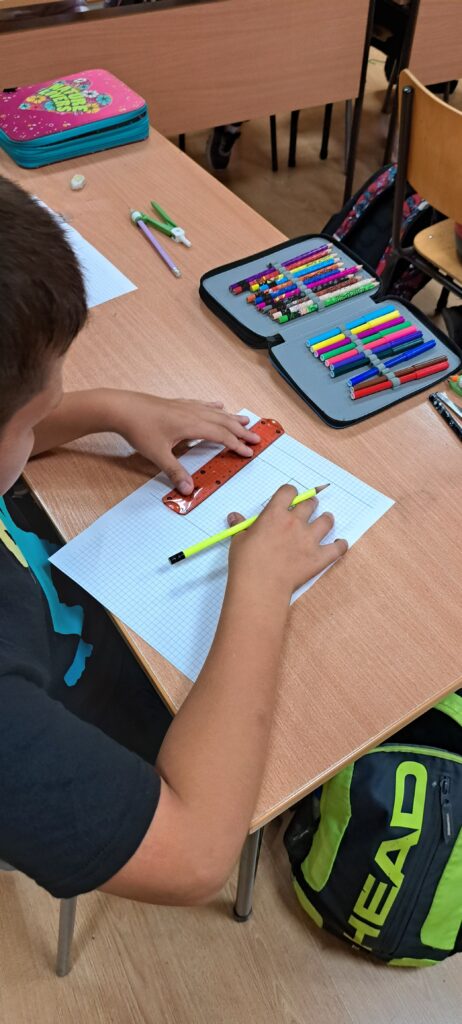
They casually learn new knowledge related to the history of famous people, countries, historical landmarks, primitive objects of people’s everyday life, but later improved by man.
They solve composite numerical expressions, using different mathematical operations, word problems, handle different units of measure, measure sides and find the perimeter of different geometric figures, etc. What is important is that students acquire practical skills, develop qualities such as diligence, accuracy, precision, aesthetic taste, and teamwork skills.
Teamwork facilitates students with difficulties, they are supported by other students and complete tasks appropriate to their level.
Sequences tested have clear and precise plans and consistent steps. Illustrations and images are appropriate and accessible for students. Topics allow pupils to demonstrate knowledge and skills learned in a variety of subjects. The practical work gives great pleasure and satisfaction to the students. Lessons provoke pupils’ interest and needs to a very high degree. They say that they work out the lesson subject again at home.
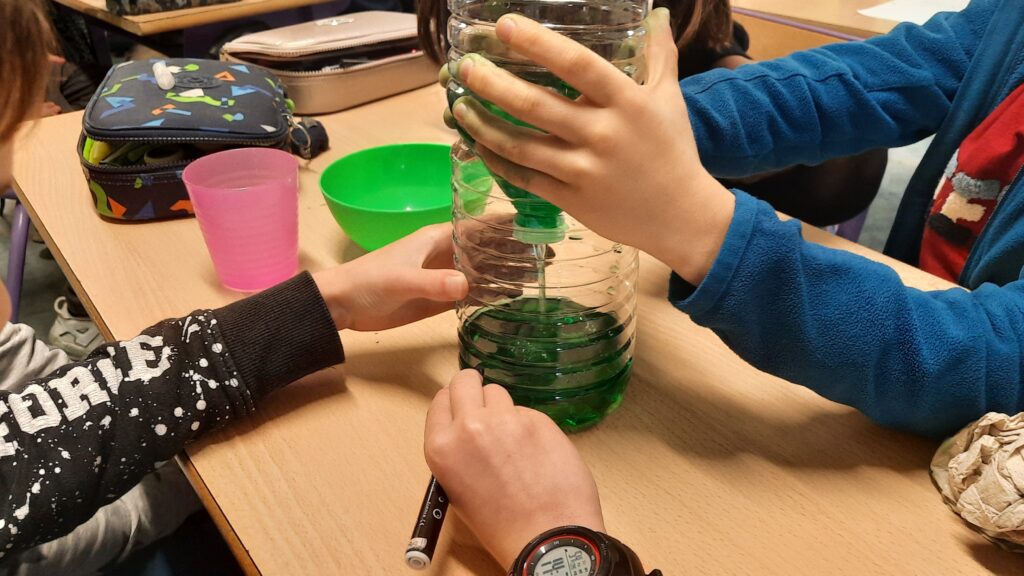
After an invitation from the teacher, the parents attended as guests and participants in a lesson.
They were very willing to participate in the practical tasks. They shared that STEAM lesson were something new for them and were quite interesting and fun. According to the parents, this way, the students acquire lasting knowledge on the subject and the necessary practical skills for life.
In the lesson the relationship between the three sides of the educational process was observed: teacher – student – parent. At the end of the lesson, parents also said that they would like to attend such lessons again.
The organization of the lesson was a task for the teacher. For their part, the students, divided into teams, worked together and supported each other. Some of them created the elements, while the others of the team assembled the final products. Thus, through joint efforts, they got a finished product. The excellent teamwork was due to its frequent application during the lessons. The students are used to working together and helping each other.
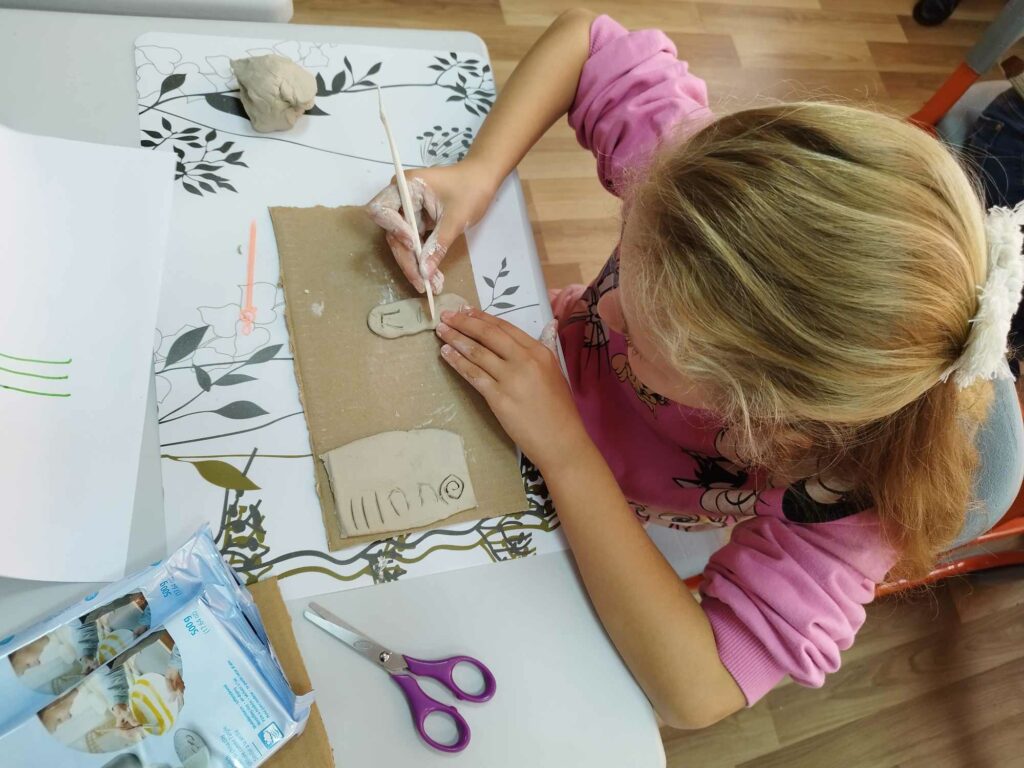
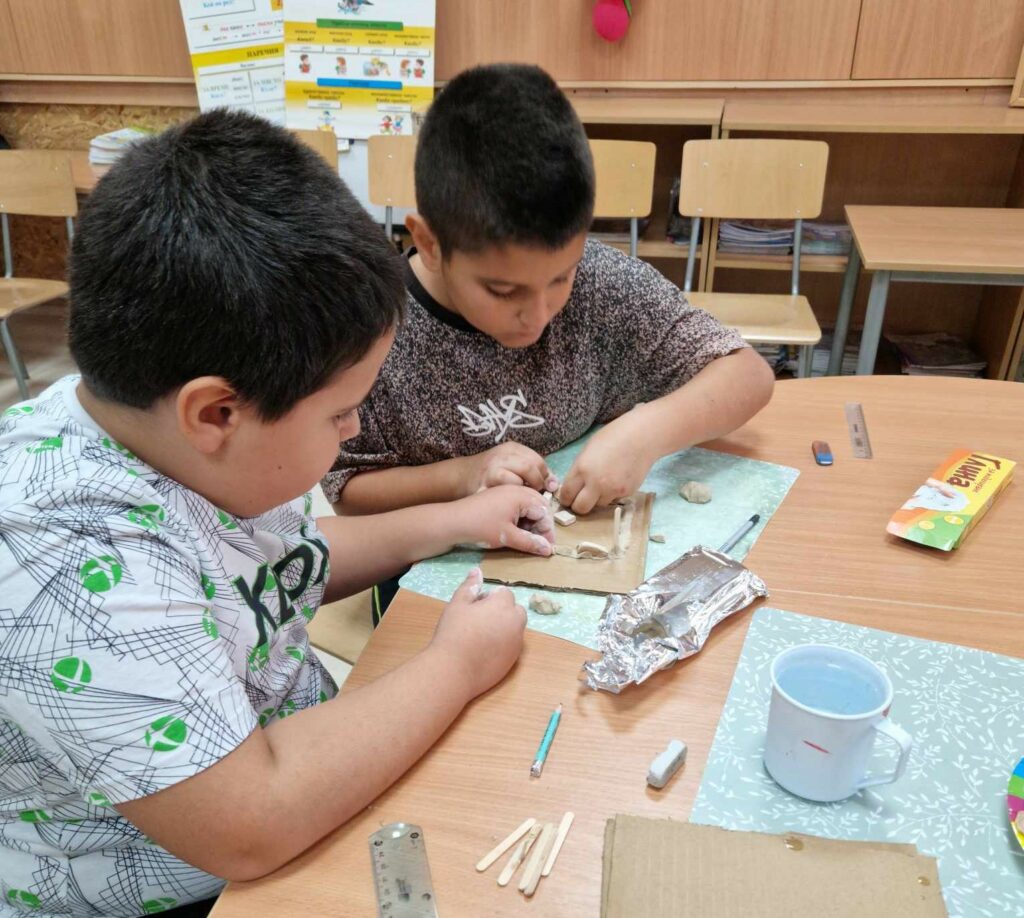
STEAM lessons are conducted in the school’s STEM centre, and this offers an appropriate environment for students and teachers. Teacher presentations, consistently described work steps, videos on the topics, pictures of items to make, materials to work with, and mutual help among the children greatly assisted their learning. The themes, their activities and the accompanying materials compiled by the teachers are suitable for primary school children. At the same time, the pedagogical materials support the teacher’s work. The time allocated for each step is sufficient. At the end of the lesson, the students make a self-assessment, giving a high level to the specified criteria.
They draw conclusions about whether the object is useful and has an application in life. It is interesting for them to demonstrate how the created object is used.
In class, students work in pairs or small teams, see a world of possibilities in front of them and are engaged in meaningful ways. Learning becomes more effective when it is combined with doing, then every student is active. Motivation increases. Learning of key competencies is supported. Knowledge gained through active learning is more permanent and produces good results.
Students understand that STEAM is more than complex equations or boring textbooks, it is about creativity, problem solving and innovation.